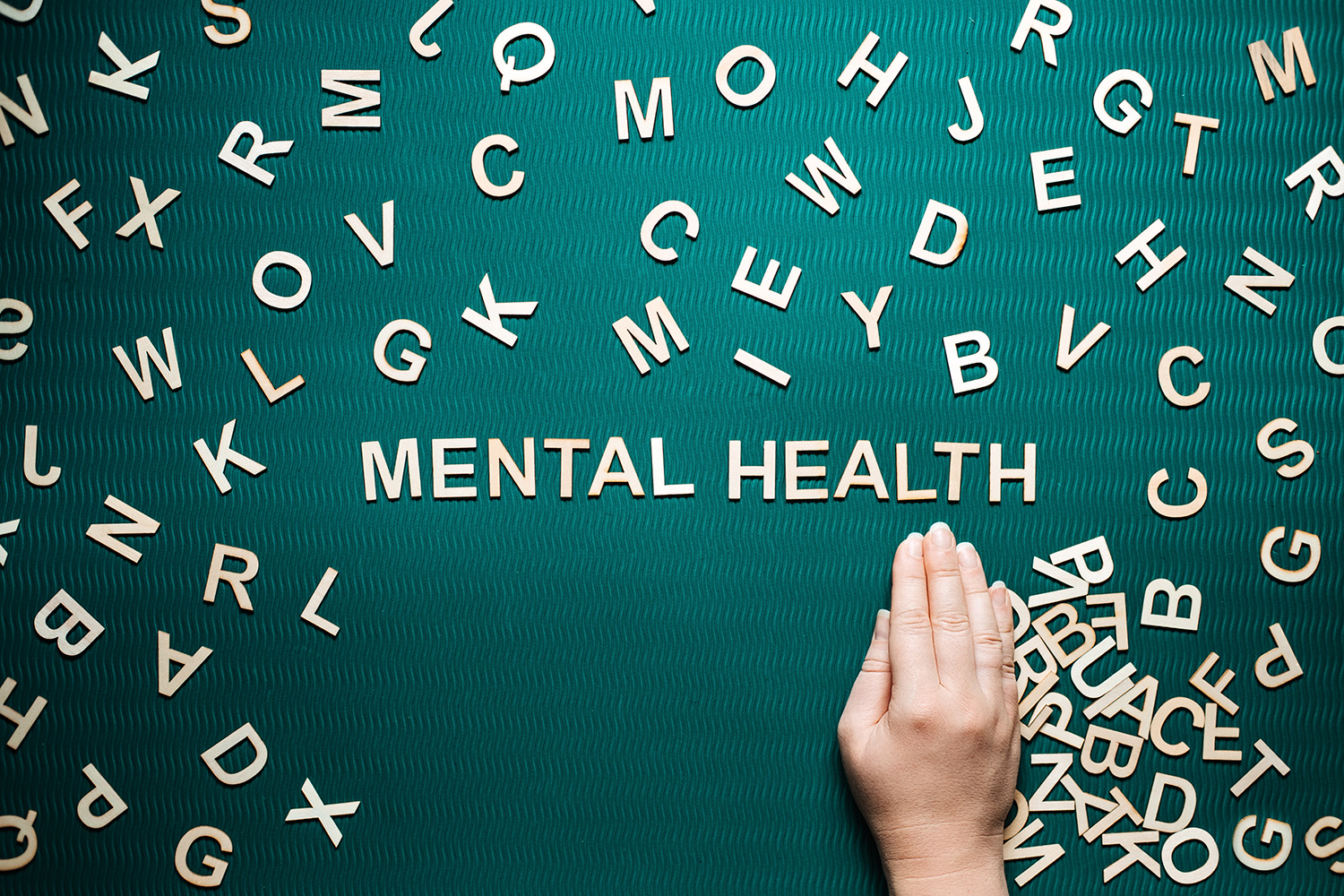
Understanding and Addressing Common Behavioral Challenges in Schools
Behavioral challenges in schools can significantly impact students’ academic performance, social interactions, and overall well-being. Addressing these issues effectively is crucial for creating a positive and productive learning environment. Among the most common behavioral challenges are anxiety, Attention-Deficit/Hyperactivity Disorder (ADHD), and defiance. Understanding these challenges and implementing appropriate behavioral therapy interventions can lead to meaningful improvements in students’ behavior and academic success. In this blog post, we will explore these common behavioral issues and discuss how behavioral therapy can address them, providing specific examples of interventions and their outcomes.
Common Behavioral Challenges in School
Anxiety – Understanding and Addressing Anxiety in Schools
What is Anxiety?
Anxiety in children can manifest as excessive worry, fear, or unease about various aspects of school life, including academic performance, social interactions, or specific situations like tests or public speaking. Symptoms of anxiety may include restlessness, irritability, difficulty concentrating, and physical symptoms such as headaches or stomachaches.
Behavioral Therapy Interventions for Anxiety
- Cognitive-Behavioral Therapy (CBT): CBT is a widely used approach for managing anxiety. It helps students identify and challenge negative thought patterns that contribute to their anxiety. For example, a student who fears making mistakes in front of the class might work with a therapist to reframe their thoughts and develop coping strategies for handling anxiety-provoking situations.
- Relaxation Techniques: Teaching students relaxation techniques, such as deep breathing exercises or progressive muscle relaxation, can help them manage physical symptoms of anxiety. These techniques can be practiced during stressful situations to help calm their nerves and improve focus.
ADHD – Understanding and Addressing ADHD in Schools
What is ADHD?
Attention-Deficit/Hyperactivity Disorder (ADHD) is characterized by symptoms of inattention, hyperactivity, and impulsivity. Students with ADHD may have difficulty staying focused, following instructions, and completing tasks, which can affect their academic performance and behavior in class.
Behavioral Therapy Interventions for ADHD
- Behavioral Modification: Behavioral modification techniques involve setting clear expectations and using positive reinforcement to encourage desirable behaviors. For example, a student with ADHD might earn tokens for completing tasks on time and following classroom rules, which can be exchanged for rewards.
- Organizational Skills Training: Teaching students organizational skills, such as using checklists, setting reminders, and breaking tasks into smaller steps, can help them manage their workload and improve their ability to stay on task. Providing visual aids and structured routines can also support students with ADHD in maintaining focus.
Defiance – Understanding and Addressing Defiance in Schools
What is Defiance?
Defiance in children is characterized by a pattern of oppositional and non-compliant behavior, such as refusing to follow instructions, arguing with authority figures, and deliberately breaking rules. Defiant behavior can disrupt the classroom environment and hinder learning for both the individual student and their peers.
Behavioral Therapy Interventions for Defiance
- Positive Reinforcement: Using positive reinforcement to acknowledge and reward compliance with rules and instructions can help encourage desired behaviors. For example, a student who demonstrates cooperative behavior and follows directions might earn privileges or rewards, reinforcing their positive choices.
- Conflict Resolution Training: Teaching students conflict resolution skills can help them manage disagreements and frustrations more effectively. This training may include techniques such as negotiation, problem-solving, and assertive communication.
General Strategies for Addressing Common Behavioral Challenges and Implementing Behavioral Therapy in Schools
Create a Supportive Environment
Fostering a positive and supportive classroom environment is essential for addressing behavioral challenges. Establish clear expectations, provide consistent feedback, and create opportunities for students to experience success. A supportive atmosphere helps students feel valued and motivated to improve their behavior.
Involve Students in Goal Setting
Involving students in setting behavioral goals and developing intervention plans can increase their engagement and commitment to making positive changes. Collaborate with students to set achievable goals and provide them with the tools and strategies needed to reach these goals.
Monitor and Evaluate Progress
Regularly monitor and evaluate the effectiveness of behavioral interventions to ensure they are meeting the needs of students. Collect data on student progress and adjust strategies as needed to address emerging challenges or changing needs.
Understanding and addressing common behavioral challenges such as anxiety, ADHD, and defiance is crucial for creating a positive and productive learning environment. Behavioral therapy offers effective interventions for managing these challenges, leading to improved academic performance, enhanced social interactions, and overall well-being for students. By implementing strategies such as cognitive-behavioral therapy, positive reinforcement, and organizational skills training, educators can support students in overcoming behavioral obstacles and achieving their full potential. With a thoughtful and proactive approach, schools can foster an inclusive and supportive environment where every student has the opportunity to succeed.
Please Share




